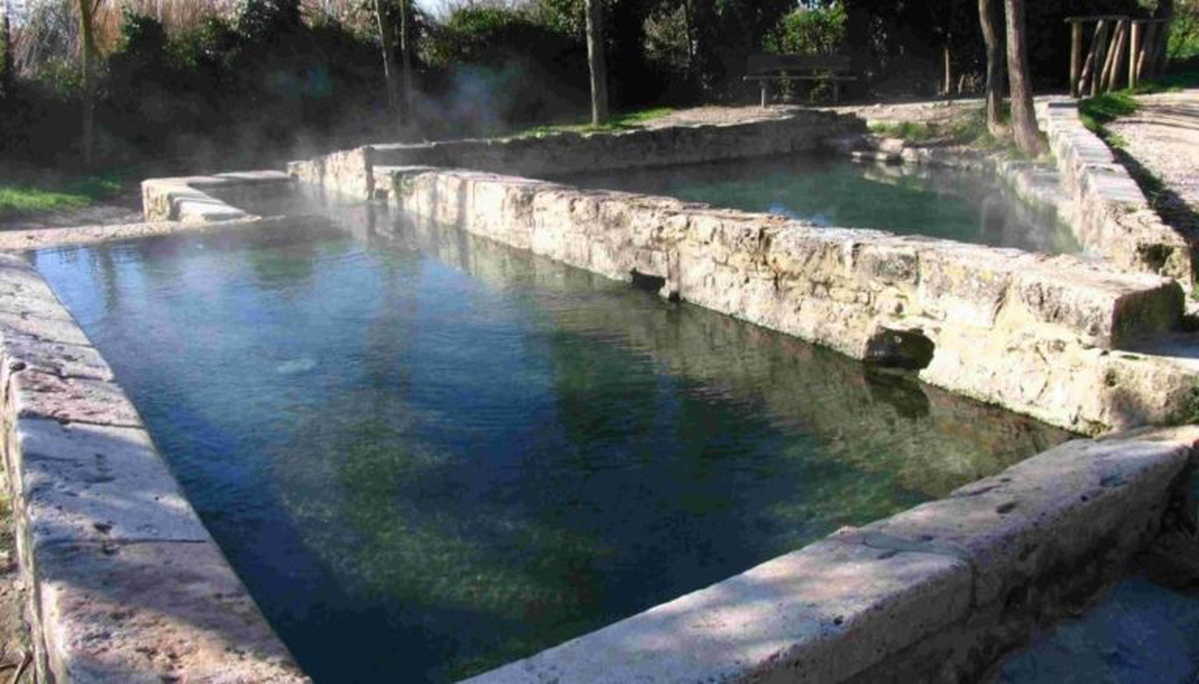GERSHWIN POSTCARDS

COMPAGNIA CANTIERE DANZA
Mauro de Candia
coreografo
Giulio Diligente
Marine Sanchez-Egasse
interpreti principali
Gabriele Mirabassi
clarinetto
Manuel Magrini
Enrico Mirabassi
pianoforte
GERSHWIN POSTCARDS
nel centenario della composizione di Rhapsody in Blue (1924 – 2024)
Compagnia Cantiere Danza
Giulio Diligente
Marine Sanchez-Egasse
interpreti principali
Mauro de Candia
coreografo
Gabriele Mirabassi
clarinetto
Manuel Magrini
pianoforte
Enrico Mirabassi
pianoforte
Marine Sanchez-Egasse
assistente alla coreografia
Yuexuan Alessio Castellino
Eleonora Cima
Virginia D’Ancona
Giulia Larossa Esposito
Giacomo Pio Greco
Paolo Giovanni Grosso
Francesco Guarino
Vittoria Pennacchini
Tommaso Ruggeri
Alice Tenaglia
danzatori
Azzurra Di Meco
ideatrice e coordinatrice
Gianni "Giaccio" Trabalzini
luci e scene
Myriam Bizzarri
maestra alle luci
“La vera musica... dovrebbe ripetere il pensiero e le aspirazioni dell'epoca e della gente. La mia gente sono gli Americani. Il mio tempo è oggi.”
Le parole stesse di George Gershwin forse meglio di qualsiasi altre rappresentano quello che è stata la sua musica: immagine del suo tempo e del suo paese, una perfetta rappresentazione degli Stati Uniti degli anni Venti, capace di rendere sul pentagramma quelle stesse atmosfere che lo scrittore Francis Scott Fitzgerald, contemporaneo di Gershwin, ha reso immortali nei suoi celebri romanzi.
In quest’ottica si inserisce anche Rapsodia in Blu, una delle più celebri composizioni di Gershwin di cui questo’anno ricorrono i cento anni dalla prima rappresentazione e che sarà il centro dello spettacolo di stasera Gershwin Postacards, omaggio alla musica del compositore americano di origini russe.
Nel gennaio del 1924 Paul Whiteman, direttore dell’omonima orchestra jazz di New York, commissiona ad un giovanissimo compositore, Gershwin all’epoca aveva appena venticinque anni, un brano per la sua big band. Così in tre settimane Gershwin gli consegna Rapsodia in blu, la cui orchestrazione viene affidata dallo stesso Whiteman a Ferde Grofé. La genesi fu talmente breve che Gershwin non ebbe nemmeno il tempo di scrivere la parte per il pianoforte, che suonò lui stesso la sera della prima, avvenuta 12 febbraio dello stesso anno all’Aeolian Hall di New York.
«È stato sul treno, con i suoi ritmi d’acciaio, il suo rumore secco e violento che è così spesso stimolante per un compositore (mi capita frequentemente di sentire la musica proprio quando sono immerso nel rumore) che all’improvviso ho sentito – persino visto sul foglio – l’intera Rhapsody, dall’inizio alla fine»
Così il compositore racconta l’ispirazione che lo portò a scrivere uno dei suoi brani più celebri.
Rapsodia in Blu, fin dalla sua prima esecuzione ottenne un successo strepitoso che perdura ancora oggi, a cento anni di distanza. Successo sicuramente dovuto alla “…multicroma fantasia, un caleidoscopio musicale dell'America, col nostro miscuglio di razze, il nostro incomparabile brio nazionale, i nostri blues, la nostra pazzia metropolitana.”
Il brano è entrato nella cultura musicale mondiale, utilizzato anche come colonna sonora di celebri film e lungometraggi animati.
Accanto a Rapsodia in blu ascolteremo i tre preludi e alcune celebri canzoni del compositore statunitense eseguite da Gabriele Mirabassi al clarinetto e da Manuel Magrini e Enrico Mirabassi al pianoforte. (Myriam Bizzarri)
“True music… should repeat the thinking and aspirations of the age and people. My people are Americans. My time is today.”
George Gershwin's own words perhaps better than any others represent what his music was: an image of his time and his country, a perfect representation of the United States of the 1920s, capable of rendering on the pentagram those same atmospheres that the writer Francis Scott Fitzgerald, Gershwin's contemporary, immortalized in his famous novels.
Rhapsody in Blue also fits into this perspective, one of Gershwin's most famous compositions which this year marks one hundred years since its first performance and which will be the center of tonight's show Gershwin Postcards, a tribute to the music of the American composer of Russian.
In January 1924 Paul Whiteman, director of the New York jazz orchestra of the same name, commissioned a piece for his big band from a very young composer, Gershwin was just twenty-five years old at the time. So in three weeks Gershwin delivered Rhapsody in Blue, whose orchestration was entrusted by Whiteman himself to Ferde Grofé. The genesis was so short that Gershwin didn't even have time to write the part for the piano, which he played himself on the evening of the premiere, which took place on February 12 of the same year at the Aeolian Hall in New York.
«It was on the train, with its steel rhythms, its sharp and violent noise which is so often stimulating for a composer (I frequently hear the music right when I am immersed in the noise) that I suddenly heard – even seen on paper – the whole Rhapsody, from beginning to end."
This is how the composer talks about the inspiration that led him to write one of his most famous songs.
Rhapsody in Blue achieved resounding success from its first performance which still continues today, one hundred years later. Success certainly due to the “…multicolored imagination, a musical kaleidoscope of America, with our mixture of races, our incomparable national panache, our blues, our metropolitan madness.”
The song has entered world musical culture, also used as the soundtrack of famous animated films and feature films.
Alongside Rhapsody in Blue we will listen to the three preludes and some famous songs by the American composer performed by Gabriele Mirabassi on the clarinet and by Manuel Magrini and Enrico Mirabassi on the piano. (Myriam Bizzarri)
 Sostieni i progetti
Sostieni i progetti Amministrazione Trasparente
Amministrazione Trasparente Contatti
Contatti
















